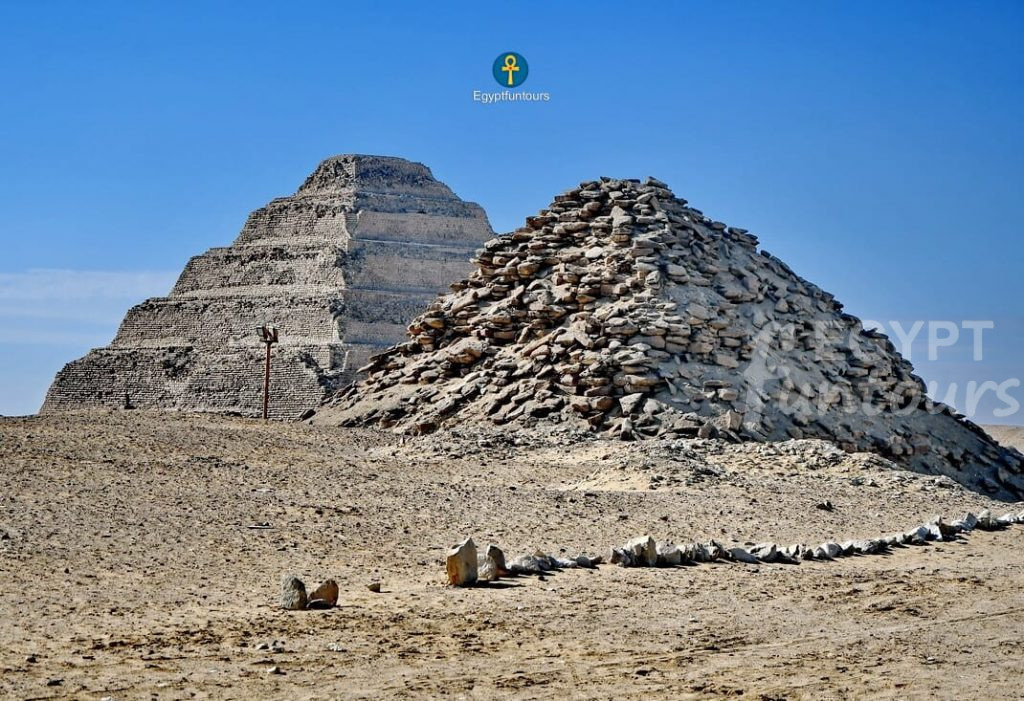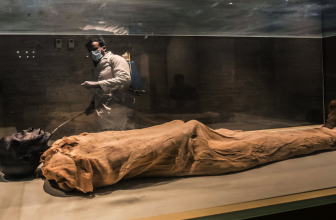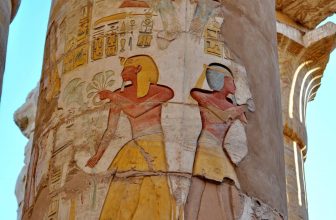The Step Pyramid of Djoser at Saqqara is one of Egypt’s most important archaeological sites. While it may not be as striking or well-known as the Giza Pyramids, this structure predates them and is crucial to archaeologists’ knowledge of pyramid development. The Step Pyramid was constructed during Djoser’s 3rd dynasty dominance in the 27th century BC. While it is not a “real pyramid” with smooth sides like those at Giza and Dahshur, it is an essential stepping stone in their development. It is also the world’s first large-scale cut-stone structure.

Six separate levels, or stages, of decreasing size, are erected on top of one another to form the structure. According to archaeologists, this is an enrichment of an earlier practice in which pharaohs were buried under a mastaba, a flat rectangular structure that resembled a big burial covering.
Djoser’s architects opted to stack several of these constructions to create a more intimidating monument to the king, resulting in the 203-foot-high edifice we see today. They were taking the first steps toward building the pyramids that have made Ancient Egypt famous throughout history.
Controversial Theories
The Step Pyramid of King Djoser in Saqqara is considered to be one of the earliest pyramids in Egypt and is surrounded by several controversial theories regarding its construction. Some experts believe that it was built using an internal ramp, while others believe it was constructed using a series of external, spiraling ramps. Others still question whether it was built by slave labor or a skilled workforce and whether the stone blocks were moved and placed using levers, ramps, or a combination of methods. Despite the ongoing debate among scholars, the Step Pyramid remains an important historical monument and a symbol of ancient Egyptian architectural and engineering innovation.
Egypt Fun Tours Provide the best tours to the Step Pyramid of Saqqara with expert tour guides and Egyptologists.














